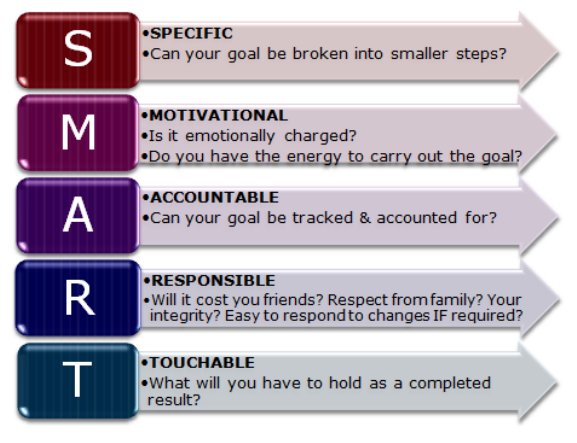Branding Challenge Day 18. Marketing Strategies for Product Owners 2
BRANDING CHALLENGE DAY 17 IS HERE
Marketing Strategies For Promotion
Now it’s time to take a look at the marketing channels and tactics you think you’ll use to promote your products and services. Again, because you’ll be referring to your marketing strategy often, it’s a good idea to write down your reasons behind each marketing channel decision and even some thoughts on how you’ll use it. Common marketing tactics include, but aren’t limited to
- Website
- Branding
- Content marketing
- Blog
- Social media
- Email marketing
- Direct marketing – postcards, brochures, flyers
- Advertising – online advertising and print advertising
- Live events – webinars, seminars, workshops
- Affiliates
- Referral program
6 Creating and Defining Your Brand
What do you want people to feel when they think of your business? Your brand is the core message that people receive. It’s part of every single marketing piece you will ever create, or it should be. A robust and consistent brand helps your prospects know what to expect. So what do you want them to expect from you?
Your brand is more than your logo, which symbolizes your brand. Your brand is the voice you use in your content. It’s the message that you send to your audience and the feelings that you evoke in them. Your brand encompasses all areas of your business including.
It can be tempting to leave certain areas of your business outside fo the confines of your brand. This is usually a mistake your brand is your business and cannot be treated separately. :-Your brand includes but is not linited to:-
- Reputation
- Customer Service
- Your Promise
- Price
- Feeling
- Tag line
- Attitude
- Logo
- Product Line
Think about vigorous and memorable brands like McDonald’s, Nike, or Amazon. What three or four words do you think of when you think about those businesses?
Now, what three or four words do you want people to think of when they encounter your business? Work on creating a tagline that evokes the feelings you want people to have. Work on your logo, and decide what voice and message you want your brand to communicate.
7. Budget
This component is pretty straightforward. How much money do you have to spend on marketing right now? What percentage of your profits will you allocate toward marketing? Also look at the marketing channels you can afford right now. For example, can you manage a small PPC campaign, email marketing, and blogging?
Think about what tasks you can manage yourself and what marketing channels and efforts you’ll need to outsource. Price out the cost for the outsourced tasks. For example, a professionally written sales page can cost a thousand dollars or more. It’s important to have this information before you begin creating your marketing budget.
You may also begin planning for the future and document how you’ll expand your marketing budget as your sales and profits increase. What are your priorities? What marketing channel will you add first? For example, will you begin hosting live events or send direct mail pieces? How will your budget be allocated as your business grows?
8. Your Marketing Goals
This may be the most important element of your marketing strategy. Your marketing goals need to be aligned with your business goals. Initially, your marketing goal may be idealistic and unmeasurable. For example, top-level goal may be to “Create the most visible and active brand in your industry.”
That top level goal can then be fine-tuned by using the SMART approach.

Specific – What exactly do you want to achieve?
Measurable – How will you know you’re successful? What will you measure?
Attainable – make sure it’s actually possible to achieve your goal. Unrealistic goals are frustrating at the very least and defeating.
Relevant – The goal supports your business goals and your target audience.
Time bound – When will you have achieved your goal? What’s the deadline?
Now measuring brand activity can be difficult. You might measure website traffic, social media interactions, and email subscribers along with brand mentions.
A SMART version of your top level goal may be
To increase brand mentions on social media by 10% in the first quarter. Your marketing goals are the foundation of your marketing plan. Without clear goals, you won’t have a direction for your marketing tactics. You’ll be operating in a void without an objective or a reason for marketing.
Your Marketing Plan
There’s often some confusion between a marketing strategy and a marketing plan. Your strategy is part of your business plan. It’s an explanation of what you need to achieve. Your marketing plan is a roadmap of how you’re going to achieve your marketing goals.
Your marketing plan embraces all of your marketing channels. You’ll create measurable goals with clear deadlines. For example, the goal to increase brand mentions on social media by 10% in the first quarter will be detailed in the marketing plan. It answers the question, “How will you increase brand mentions on social media?”
This is one of the reasons a marking strategy is so important. It’s easy for marketing tactics to get out of control. It’s easy to lose direction. Your strategy reminds you what you want to accomplish and why. It’s also something that needs to be reviewed on a regular basis. Consider revisiting your marketing strategy at least every six months. It may make more sense to review it quarterly. Perhaps when you are starting out it should be re-assessed monthly.
h1<>Measure C
Things change in business because you in certain circumstances your business is driven by circumstances beyond your control. Examples here are profound political changes, such as the British decision to leave the Common market.This could derail a fledging business because of currency fluctuations. Which is why you have to reassess and reassess often especially in a fledgling business.
Assess your marketing goals. Is your marketing plan achieving your goals? Has your target audience, budget, or competition changed? Your marketing strategy isn’t set in stone. It’s a document that can and will change as your business changes. Use your marketing strategy as the foundation for a strong marketing plan and a growing business. It just may be the most useful document you ever create.


